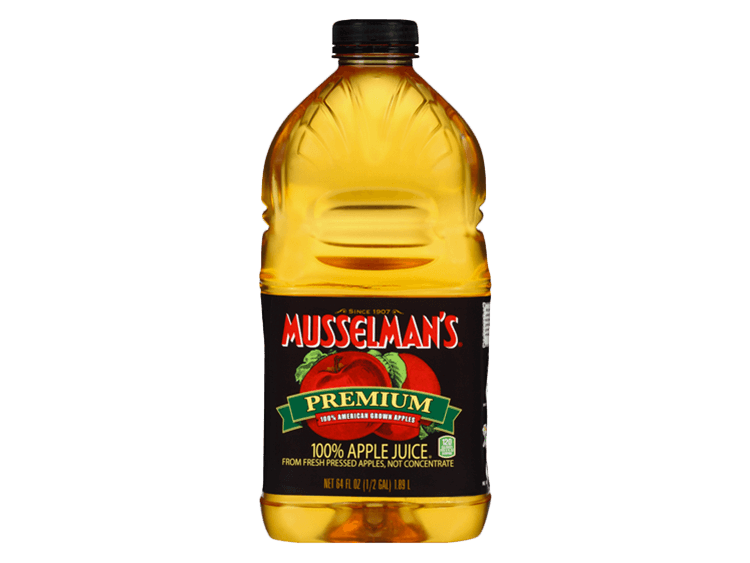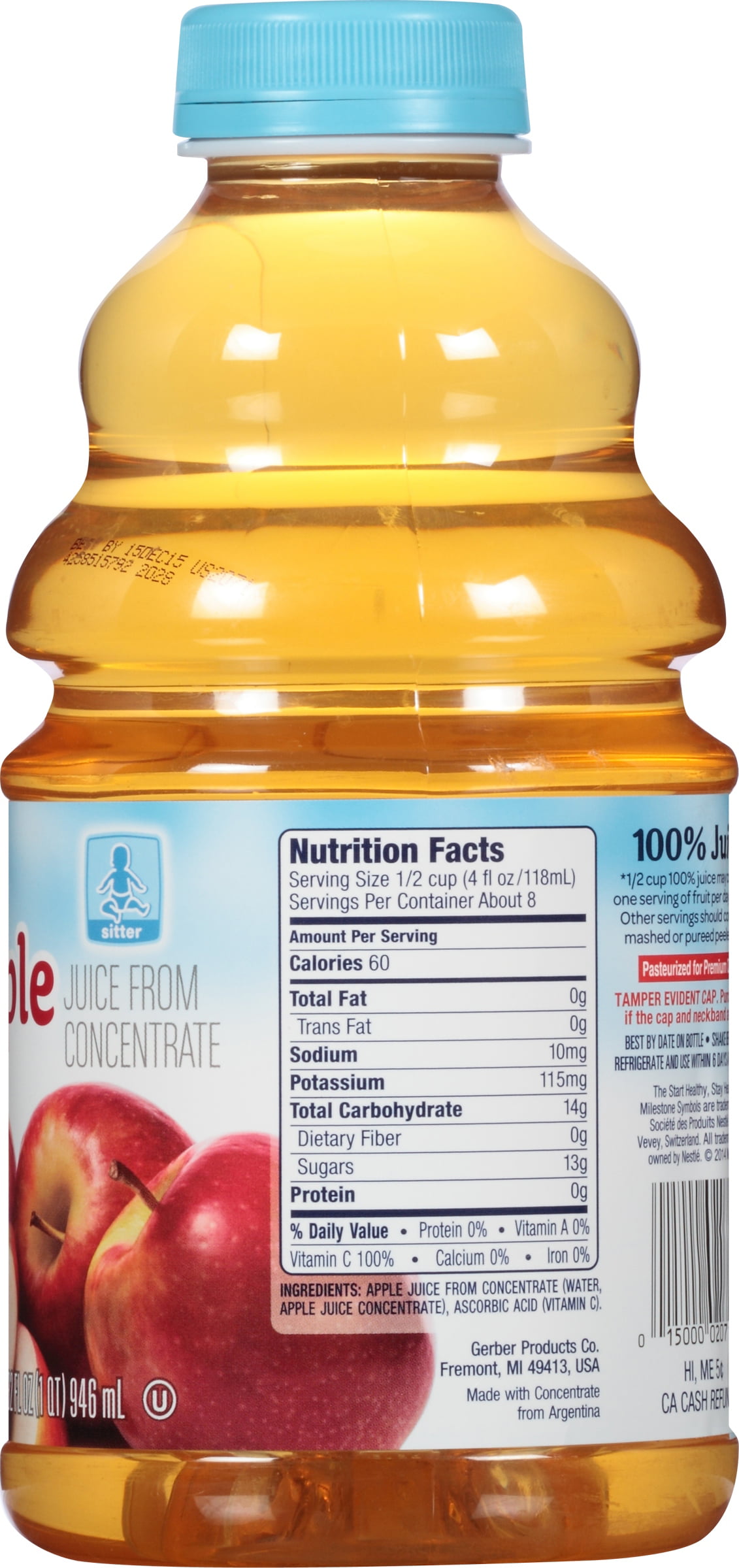

According to previous studies, beetroot juice makers are encouraged to improve the taste and odour of their products, in order to satisfy consumers’ liking. Īlthough beetroot juice provides many health benefits, from the point of view of consumers, the presence of geosmin, which impart the typical earthy flavour to beetroots, negatively affects the sensory characteristics of food products with added beetroot juice.
#Pasteurized apple juice brands free#
Recent research demonstrated the higher amount of phenolics and flavonoids as well as a better antioxidant profile of beetroot juice (based on the stable free radical, 2,2-diphenyl-1-picrylhydrazyl (DPPH) assay) compared to citrus fruits, yellow passion fruit, apple, and cranberry. A possibility to enhance the intake of fruits and vegetables in the diet is the assumption of functional beverages. Nevertheless, data from Eurostat show that only 14.1% of the European population reach the recommended daily intake of five or more portions of fruit and vegetables. The World Health Organization, for “diet, nutrition and the prevention of chronic diseases”, suggests a minimum daily intake of fruit and vegetables for adult people of 400 g.

Numerous studies reported the positive effect of beetroot juice supplementation on the protection against lipid and protein oxidation. īesides betalains, other beetroot compounds are reported as bioactive, including nitrate, betaine, ascorbic acid, carotenoids, polyphenols, flavonoids, glycine, and folate and rutin, epicatechin, and caffeic acid, which also exhibit antioxidant activity. īetanin, the most abundant betalain in beetroot, was reported to inhibit lipid peroxidation and tumour cell proliferation. Additionally, the chemical structure of betalains influence their antioxidant potential: the presence of an aromatic ring positively affects the radical scavenging activity in betaxanthins, the antioxidant capacity depends on the number of hydroxy and imino residues, while acylation and glycosylation lead to an increased or decreased antioxidant activity of betacyanins, respectively. The mechanism at the basis of the antioxidant capacity of betalains is related to the activity of their core of betalamic acid: through the direct reduction of two Fe 3+ ions to Fe 2+, this compound is able to donate two electrons to an oxidizing agent.

Ī unique characteristic of beetroot is its intense colour, due to the presence of betalains, hydrosoluble pigments, that gained increasing attention because of their antioxidant, anti-inflammatory, and chemo-preventive effects. They have a potential relevance for human health, since they provide a high content of functional components known for their antioxidant and anti-inflammatory properties and anticarcinogenic potential. The novelty of this study lies in an extended description of physico-chemical characteristics of a fresh apple and beetroot blended juice obtained from local products, in the study of the effects of processing and storage on its quality, and in the estimation of its shelf-life after storage at different temperatures.īeetroots ( Beta vulgaris) are a good source of dietary fibres, minerals, vitamins, phenolics, and antioxidant compounds. Through preliminary shelf-life studies, a durability of 65 days at room temperature for apple and beetroot juice blends was calculated.

Storage led to colour modifications and reduction of betalains and antioxidant activity. Pasteurization negatively affected the content of betalains but did not influence the antioxidant activity. However, the antioxidant activity was proportionally reduced with the addition of apple juice. No perceivable colour changes of the beetroot juice were observed after adding apple juice up to 85% of the total amount. In the present study, the quality of pure beetroot and apple juices as well as that of their mixture was evaluated by measuring changes of colour, betalain content, and antioxidant activity during processing and storage. Beetroot is a promising vegetable because of its outstanding antioxidant activity, vivid colour, and content of bioactive compounds. In recent years, there has been a growing interest in the development of health-promoting and disease-preventing functional foods.


 0 kommentar(er)
0 kommentar(er)
